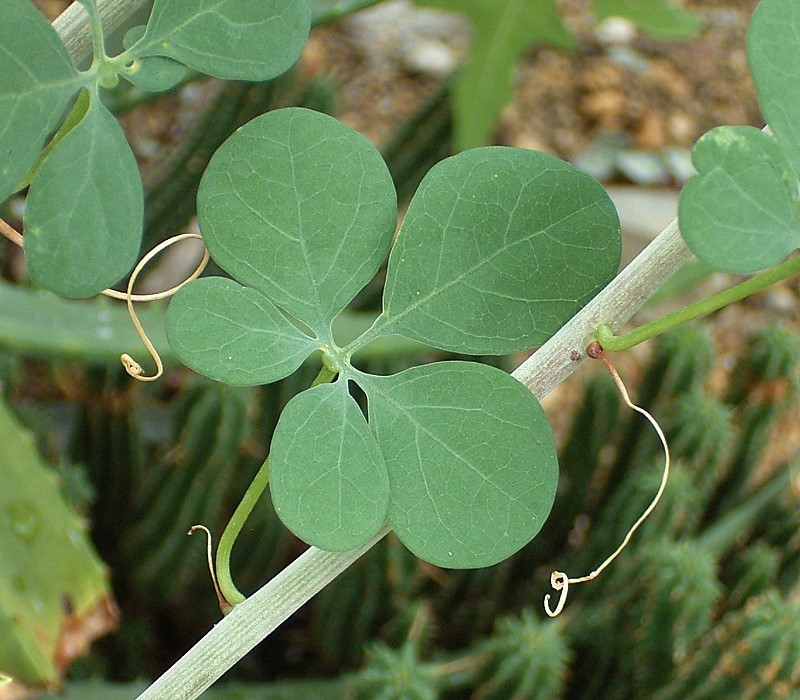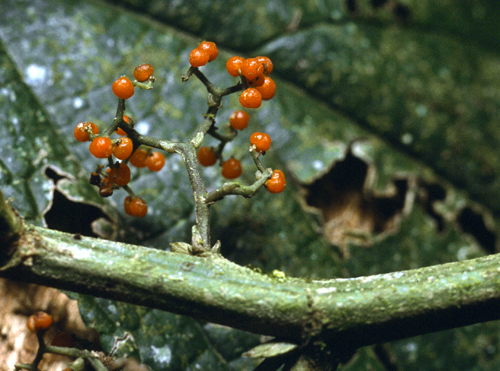|
Acraea Aurivillii
''Acraea aurivillii'', the large alciope acraea, is a butterfly in the family Nymphalidae. It is found in Sierra Leone, Liberia, Ivory Coast, Ghana, Nigeria, Cameroon, Gabon, the Republic of the Congo, the Central African Republic, the Democratic Republic of the Congo, Burundi, Uganda, Kenya, Tanzania, Zambia and Ethiopia. The habitat consists of forests. The larvae feed on ''Laportea podocarpa'', ''Urera flamigniana'', ''Urera gravenreuthii'', ''Urera thonneri'', ''Pouzolzia denudata'', ''Urera hypselodendron'' and ''Adenia'' species. Subspecies *''Acraea aurivillii aurivillii'' (Sierra Leone, Liberia, Ivory Coast, Ghana, Nigeria, Cameroon, Gabon, Congo, Central African Republic, southern and eastern Democratic Republic of the Congo, Burundi, Uganda, western Kenya, north-western Tanzania, Zambia) *''Acraea aurivillii schecana'' Rothschild & Jordan, 1905 (south-western Ethiopia) Similar species *''Acraea alciope'' q.v. for differences Taxonomy It is a member of the ''Acraea jod ... [...More Info...] [...Related Items...] OR: [Wikipedia] [Google] [Baidu] |
Otto Staudinger
Otto Staudinger (2 May 1830 – 13 October 1900) was a German entomologist and a natural history dealer considered one of the largest in the world specialising in the collection and sale of insects to museums, scientific institutions, and individuals. Life Staudinger was born in Groß Wüstenfelde, Mecklenburg-Schwerin, from a Bavarian family on his father's side. His grandfather was born near Ansbach and came to Holstein at the end of the 18th century where Staudinger's father was born in Groß Flottbeck in 1799. His mother, a born Schroeder, was from Mecklenburg, born in Putzar at the Count of Schwerin's estate in 1794. At the time of Otto Staudinger's birth in 1830 his father was the tenant of the Rittergut Groß Wüstenfelde. At the age of six or seven Otto was introduced into entomology by his private tutor Wagner who collected beetles. In the summer of 1843 his father purchased the Rittergut Lübsee near Güstrow where Otto – now under the instruction of tutor Herman ... [...More Info...] [...Related Items...] OR: [Wikipedia] [Google] [Baidu] |
Zambia
Zambia (), officially the Republic of Zambia, is a landlocked country at the crossroads of Central, Southern and East Africa, although it is typically referred to as being in Southern Africa at its most central point. Its neighbours are the Democratic Republic of the Congo to the north, Tanzania to the northeast, Malawi to the east, Mozambique to the southeast, Zimbabwe and Botswana to the south, Namibia to the southwest, and Angola to the west. The capital city of Zambia is Lusaka, located in the south-central part of Zambia. The nation's population of around 19.5 million is concentrated mainly around Lusaka in the south and the Copperbelt Province to the north, the core economic hubs of the country. Originally inhabited by Khoisan peoples, the region was affected by the Bantu expansion of the thirteenth century. Following the arrival of European explorers in the eighteenth century, the British colonised the region into the British protectorates of Barotseland-No ... [...More Info...] [...Related Items...] OR: [Wikipedia] [Google] [Baidu] |
Per Olof Christopher Aurivillius
Per Olof Christopher Aurivillius (15 January 1843 – 20 July 1928) was a Swedish entomologist. Life Christopher Aurivillius was born at Forsa, Sweden. He was the director of the Natural History Museum in Stockholm and he specialised in Coleoptera and Lepidoptera. He was, for a long time, the secretary of the Royal Swedish Academy of Science . His brother was the zoologist Carl Wilhelm Samuel Aurivillius (1854–1899) and his son the zoologist Sven Magnus Aurivillius (1892–1928). He was the author of Part 39 Cerambycidae: Cerambycinae (1912) and Parts 73 and 74. Cerambycidae: Lamiinae (1922, 1923) in: S. Schenkling (ed.), ''Coleopterorum Catalogus''. W. Junk, Berlin, 1000 + pages. Also ''Rhopalocera Aethiopica'' (1898), major contributions to Adalbert Seitz's ''Die Großschmetterlinge der Erde'' Band 13: Abt. 2, Die exotischen Großschmetterlinge, Die afrikanischen Tagfalter, 1925 and many papers on the Lepidoptera of Africa and ''Über sekundäre Geschlechtscharaktere no ... [...More Info...] [...Related Items...] OR: [Wikipedia] [Google] [Baidu] |
Specific Name (zoology)
In zoological nomenclature, the specific name (also specific epithet or species epithet) is the second part (the second name) within the scientific name of a species (a binomen). The first part of the name of a species is the name of the genus or the generic name. The rules and regulations governing the giving of a new species name are explained in the article species description. For example, the scientific name for humans is ''Homo sapiens'', which is the species name, consisting of two names: ''Homo'' is the " generic name" (the name of the genus) and ''sapiens'' is the "specific name". Historically, ''specific name'' referred to the combination of what are now called the generic and specific names. Carl Linnaeus, who formalized binomial nomenclature, made explicit distinctions between specific, generic, and trivial names. The generic name was that of the genus, the first in the binomial, the trivial name was the second name in the binomial, and the specific the proper term fo ... [...More Info...] [...Related Items...] OR: [Wikipedia] [Google] [Baidu] |
Acraea (butterfly)
''Acraea'' is a genus of brush-footed butterflies (family Nymphalidae) of the subfamily Heliconiinae. It seems to be highly paraphyletic and has long been used as a "wastebin taxon" to unite about 220 species of anatomically conservative Acraeini. Some phylogenetic studies show that the genus ''Acraea'' is monophyletic if '' Bematistes'' and Neotropical '' Actinote'' are included (see Pierre & Bernaud, 2009). Most species assembled here are restricted to the Afrotropical realm, but some are found in India, Southeast Asia, and Australia.Silva-Brandão et al. (2008) Biology The eggs are laid in masses; the larvae are rather short, of almost equal thickness throughout, and possessing branched spines on each segment, young larvae group together on a protecting mass of silk; the pupa is slender, with a long abdomen, rather wide and angulated about the insertion of the wings, and suspended by the tail only. '' A. horta'', '' A. cabira'', and '' A. terpsicore'' illustrate typic ... [...More Info...] [...Related Items...] OR: [Wikipedia] [Google] [Baidu] |
Acraea Jodutta
''Acraea jodutta'', the jodutta acraea, is a butterfly in the family Nymphalidae. It is found in Guinea, Sierra Leone, Liberia, Ivory Coast, Ghana, Togo, Nigeria, Cameroon, Equatorial Guinea, São Tomé and Príncipe, Gabon, the Republic of the Congo, the Central African Republic, Angola, the Democratic Republic of the Congo, Sudan, Uganda, Kenya and Ethiopia. Description ''A. jodutta'' F. (57 e). Wings above black-brown; the forewing as in esebria with a light subapical band, which is always broad and has a spot in 3, and a sharply defined hindmarginal spot about 6 mm. in breadth, reaching vein 3 but leaving the base of cellules 1 a and 1 b free; the hindmarginal spot is continued on the hindwing as a median band of equal breadth or somewhat widened; the light markings are dull light-yellow in the male, pure white in the female. Senegal to the Cameroons. ab. ''carmentis'' Dbl. and Hew. (57 e) only differs from the female of the type-form in the subapical band of ... [...More Info...] [...Related Items...] OR: [Wikipedia] [Google] [Baidu] |
Acraea Alciope
''Acraea alciope'', the Hewitson's acraea or alciope acraea, is a butterfly in the family Nymphalidae which is native to the African tropics and subtropics. Range It is found in Guinea, Sierra Leone, Liberia, Ivory Coast, Ghana, Togo, Nigeria, Cameroon, Bioko, the Republic of the Congo, the Central African Republic, the Democratic Republic of the Congo, Rwanda, south-western Uganda and Zambia. Description ''Acraea alciope'' Hew. (57 e). The female has developed several forms, but the male varies little. In the male the hindwing and the transverse band of the fore wing are light ochre-yellow and the dark marginal band on the upperside of the hindwing about 4 mm. in breadth. In the female the transverse band of the forewing is brown-yellow and distally incised; the hindwing is brown-yellow and has a broad dark marginal band as in the male. Ivory Coast to the Congo and Uganda. * female-ab. ''macarina'' Btlr. (57 e) only differs from the typical male in having the dark margina ... [...More Info...] [...Related Items...] OR: [Wikipedia] [Google] [Baidu] |
Adenia
''Adenia'' is a genus of flowering plants in the passionflower family, Passifloraceae. It is distributed in the Old World tropics and subtropics.''Adenia''. Flora of China. The centers of diversity are in , eastern and western tropical , and . The genus name ''Adenia'' comes from "aden", [...More Info...] [...Related Items...] OR: [Wikipedia] [Google] [Baidu] |
Urera Hypselodendron
''Urera'' is a genus of flowering plants in the nettle family, Urticaceae. It has a pantropical distribution.Steinmann, V. W. (2005)Four new neotropical species and a new combination of ''Urera'' (Urticaceae).''Acta Botánica Mexicana'' (71), 19-43. Description ''Urera'' are lianas,''Urera''. Flora Zambesiaca. shrubs, and small s. Climbing species root along the stems and can reach the crowns of the trees they use for support. Some are spiny. They almost always have |
Pouzolzia Denudata
''Pouzolzia'' is a genus of flowering plants in the nettle family. There are about 35 species distributed throughout the tropical world. Most are shrubs, and some are herbs. The genus was named for French botanist and plant collector Pierre Marie Casimir de Pouzolz (1785–1858). '' Pouzolzia hirta'' is used as a medicinal herb, as well as for culinary purposes, in various African and Asian countries.Grubben, G. J. H. (2004). Vegetables'. PROTA. pg 430. People from different tribes of the state of Arunachal Pradesh in India use ''Poulzolozia hirta'', known as "Oyik" in the local dialect, as a part of a main food course which is consumed along with rice. Oyik is prepared with smoked beef/Gayal meat ('' Bos frontalis'') or pork, along with dried bamboo shoots, and served at various occasions and festivals. Selected species The following species are included: Section ''Pouzolzia'' Gaudich. 1830 New World Species The following species are found in the New World: *'' Pouzolzia f ... [...More Info...] [...Related Items...] OR: [Wikipedia] [Google] [Baidu] |
Urera Thonneri
''Urera'' is a genus of flowering plants in the nettle family, Urticaceae. It has a pantropical distribution.Steinmann, V. W. (2005)Four new neotropical species and a new combination of ''Urera'' (Urticaceae).''Acta Botánica Mexicana'' (71), 19-43. Description ''Urera'' are lianas,''Urera''. Flora Zambesiaca. shrubs, and small s. Climbing species root along the stems and can reach the crowns of the trees they use for support. Some are spiny. They almost always have |

_female_Sao_Tome.jpg)


